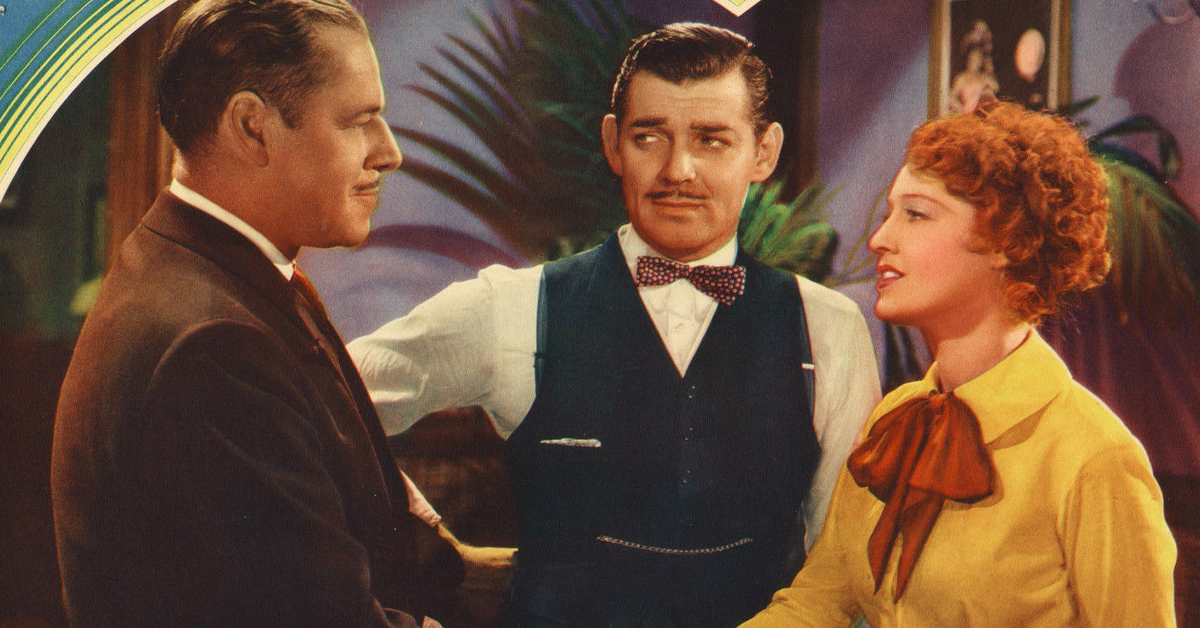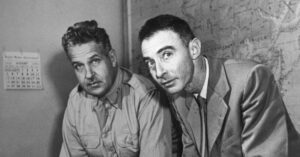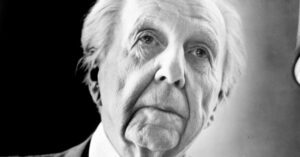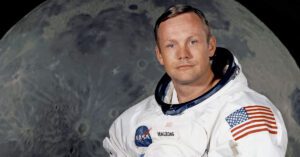One of Clark Gable‘s big films was San Francisco. His co-star was Jeanette MacDonald, and she was the one who delivered the property to M-G-M, which happened to be a story treatment on the massive 1906 earthquake. She did so in 1934, with the stipulation of starring with Clark Gable.
But Gable disliked the idea of making love to, or being sung at, by Miss MacDonald, who had earned the nickname of “The Iron Butterfly.” They went ahead anyway. Spencer Tracy was assigned to the project as well, and he was the one who started calling Gable “The King.”
Gable envied Tracy because he was the best actor in town, “The guy’s good,” Gable said of Tracy. “There’s nobody in the business who can touch him, and you’re a fool to try. And the bastard knows it, so don’t fall for that humble stuff!”
Gable and Tracy made two more entertaining films together — Test Pilot (1938) and Boom Town (1940). Late in his career, Gable said, “You know this King stuff is pure B.S. I eat and sleep and go to the bathroom like everyone else. I’m just a lucky slob from Ohio. I happened to be at the right place at the right time, and I had a lot of smart guys helping me, that’s all.”
Much planning went into making San Francisco a lavish production, with top songs, art direction, special effets, and a huge cast. The screenplay was by Anita Loos, whose credits included the original Gentlemen Prefer Blondes (1928). The picture was intended to be part opera (FAUST), part religious sermon, part documentary, part biography, part romance, and part disaster film. In all, one lusty, showy entertainment.
Cameras rolled from February 14 through May 14, 1936.
That year Clark Gable was number one at the boxoffice; Jeanette MacDonald was the number nine draw.
Great as the big name stars were, however, what really made the picture was the cinematic illusion of showing an earthquake on a flat screen of two dimensions which could not move. Seeing this would constitute the principal attraction of this film. San Francisco proved to be the very definition of “shattering spectacle.”
In their review, The New York Times described the cinematic experience as “a monstrous, hideous, thrilling debacle with great fissures opening in the earth, buildings crumbling, men and women apparently buried beneath showers of stone and plaster, gargoyles lurching from rooftops, water mains bursting, live wires flaring, flame, panic, and terror.”
During shooting, Gable was injured in the scene where he was buried under a wall of falling bricks. It turned out that the fake bricks were not fake enough. Gable had to be treated for cuts and bruises.
San Francisco borrowed a story device employed in another big Gable picture, Manhattan Melodrama (1934). It is the notion of boyhood pals who grow up and find themselves on opposite sides of the law.
San Francisco was nominated for six Oscars by the Academy, winning for best sound recording. Spencer Tracy received his first nomination as best actor. There were also Oscar nominations for best picture, best director, and best original story.
How successful was San Francisco? Until Gone with the Wind blew into Culver City during 1939, it was the biggest moneymaker ever released by M-G-M.
And why did so many millions of fans flock to see Clark Gable in films like these two? Gable himself voiced an opinion. “The reason they came to see me is because I know life is great,” Gable said. “And they know I know it. They see me getting a kick out of life. They know that even if I had known what was going to happen to Carole (Lombard), for instance, it was worth it.”




